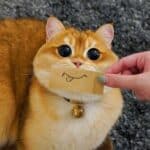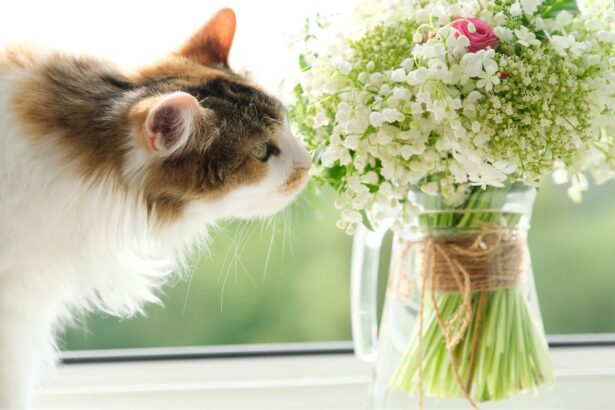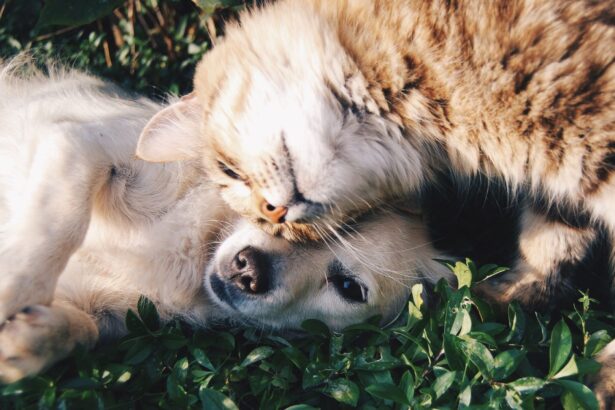Understanding the different types of cat litter
Understanding the different types of cat litter is essential when it comes to choosing the best one for your four-legged friend. Here’s a detailed overview of the different types available on the market:
Clumping litter
Clumping litter is one of the most commonly used types of cat litter. Composed mainly of bentonite clay, this litter has the ability to absorb cat urine and form solid balls that can be easily removed. This feature makes clumping litter particularly attractive, as it allows for easy waste management. Simply remove the clumps of solid litter and refill the litter tray as required. This litter is also known for its ability to effectively control odors: thanks to its absorbent properties, it can trap the odor inside the lumps formed.
Non-clumping litter
Non-clumping litter tends to absorb urine rather than clumping around it. It is generally less expensive than clumping litter, but requires more maintenance. Since it doesn’t clump, urine tends to spread throughout the entire litter box, meaning that the entire litter needs to be changed more regularly. However, for some cat owners who prefer simple, straightforward maintenance or who have ecological concerns about bentonite clay, non-clumping litter can be an attractive option.
Silica litter
Microscopic silica beads are the main component of silica-based litter. These beads absorb cat urine by swelling and effectively block odor by trapping ammonia molecules. Silica litter can also absorb moisture from the air, helping to prevent the proliferation of bacteria and extend the life of the litter. However, while silica litter is effective in controlling odors, it can be costly and less environmentally friendly than other types of litter.
Biodegradable litter
Biodegradable litter is an excellent option for ecologically-minded cat owners. It’s made from natural, biodegradable materials such as recycled paper, wood and corn, offering an eco-friendly alternative to clay or silica litter. Although more eco-friendly litters can be a little more expensive to buy, they are generally non-toxic, compostable and can be an excellent option for cats sensitive to the chemical additives found in other types of litter.
Criteria to consider when choosing the best cat litter
Choosing the right litter for your cat depends on a number of factors. These include:
- Your cat’s sanitary needs: Some cats are particularly sensitive to certain types of litter. These may be allergic reactions or simple personal preferences. That’s why it’s essential to pay attention to your cat’s reaction when a new litter box is introduced.
- Odor and dust control: While all types of litter have some ability to control odors, not all are equal in terms of dust control. A good balance between good odor control and low dust production is essential for a clean home without unpleasant litter odors.
- Your budget: You also need to take your budget into account. More expensive types of litter such as silica may be more effective, but may be out of budget for some owners.
- Environmental considerations: If you’re concerned about the environment, consider biodegradable litter. They are made from natural, compostable materials that are not only better for the environment, but also less likely to cause allergic reactions.
How to introduce a new litter box to your cat
Changing litter boxes can be a source of stress for cats. To make the transition as smooth as possible, start by mixing the new litter with the old, gradually increasing the amount of new litter each day. This will allow your cat to gradually familiarize itself with the new litter box and ease the transition.
Choosing the best litter for your cat’s happiness
Ultimately, choosing the best litter for your cat depends on your personal preferences, your cat’s needs and your environmental concerns. Take your cat’s needs into account and try out several options until you find the one that suits your family best. A good litter box contributes greatly to cleanliness and hygiene, and can help prevent undesirable behaviors such as eliminating outside the litter box. Whatever type of litter you choose, make sure you change it regularly to ensure a clean, healthy environment for your cat.





